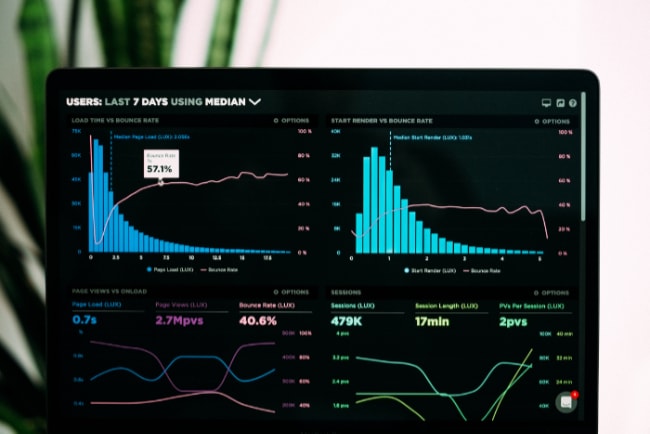What Is Data Mining? What You Need to Know
Data mining is all about finding hidden patterns and insights in data. The goal of data mining is not just to collect data, but to process the information found within it.
Data miners use math and statistics to help analyze vast amounts of digital information that would be too much for a human being alone. It turns out that there are many different types of data mining, each with its own purpose.
What Is Data Mining?
Data mining is the process of analyzing data sets to extract useful information, including patterns and trends. It can be used to gain insight into people’s behavior using a service or product, monitor financial markets, or determine future outcomes.
Data mining often involves statistical analysis, machine learning techniques such as clustering, classification, and prediction methods.
The goal of data mining is to extract information from a given set of data to reveal patterns, detect trends and make predictions about the future. Data scientists use different techniques depending on what they are trying to accomplish.
Data mining has many applications in the real world. It is used by companies to understand their customers’ buying behaviors, identify security risks and determine good investment options for future growth.
Data scientists might also use data mining to help develop products that people will want or need, such as personalized recommendations on music services like Spotify or Netflix.
Types of Data Mining
Pattern Tracking
Pattern tracking is a process that involves searching for repeating patterns in data. This type of data mining is often used by organizations that collect data to find regularities in customer behavior.
For example, a business may find that many customers who purchase Product X also tend to buy Product Y.
Cluster Analysis
Cluster analysis is the process of grouping records in a database that shares similar attribute values. It can help identify customers who share similar interests, profiles, or demographics.
Prediction
Predictive data mining is the process of finding patterns in historical data to predict future events. It can be used for business forecasting or even to predict a person’s behavior by analyzing their online activity, transactions, and previous actions.
Association
The goal behind this approach is to find patterns, whether it be between items or keywords, that are related in some way to one another. It’s often used for spotting trends and can also help marketers come up with better product ideas.
The Benefits of Data Mining
Save Time and Money
Data mining can help companies save time and money because it provides them with the information they need to make business decisions. Companies no longer have to spend countless hours trying to sort through data sets or dig up relevant information on their own; instead, they let machines do the work for them.
Increase Revenue
Data mining can also help companies increase revenue because it allows them to discover new ways that they can attract and retain customers. By gathering insights from their existing data, businesses are better able to understand who their target market is and what the people within it want or need.
Increase Customer Satisfaction
By better understanding your customers, businesses can create more relevant and personal experiences that increase brand loyalty while reducing costly returns and complaints. This ultimately leads to a happier customer base and more revenue.
Data Mining and Social Media
Social media has become a popular way to find and share content in the digital age. Data mining can be used to track conversations on social media sites to gain valuable insights about your customers.
For example, it may reveal patterns around who is talking about a particular brand or product and the reasons they are giving for their opinion.
The Future of Data Mining
Artificial Intelligence (AI)
With the help of AI, machines will be able to learn from patterns in large volumes of raw data without human intervention. Instead, they’ll rely on algorithms that will help them find the best possible solution.
Big Data
Data mining is a way to make sense of big data by extracting valuable information from large databases with millions or even billions of entries. As this data continues to grow, so will the popularity of mining.
Cloud Computing
The cloud has made it easier than ever for businesses to access the resources they need to handle large data sets, including mining.
The ability to store and process vast amounts of information in real-time is crucial because this allows companies to run predictive models. This will lead them into a new era that uses historical patterns along with real-time data to make smarter, more accurate business decisions.
Conclusion
Data mining is a growing field that can help companies make smarter business decisions and increase revenue. There are several different types of data mining; each one provides valuable insight on its own or can be used in conjunction with others to produce powerful results.



